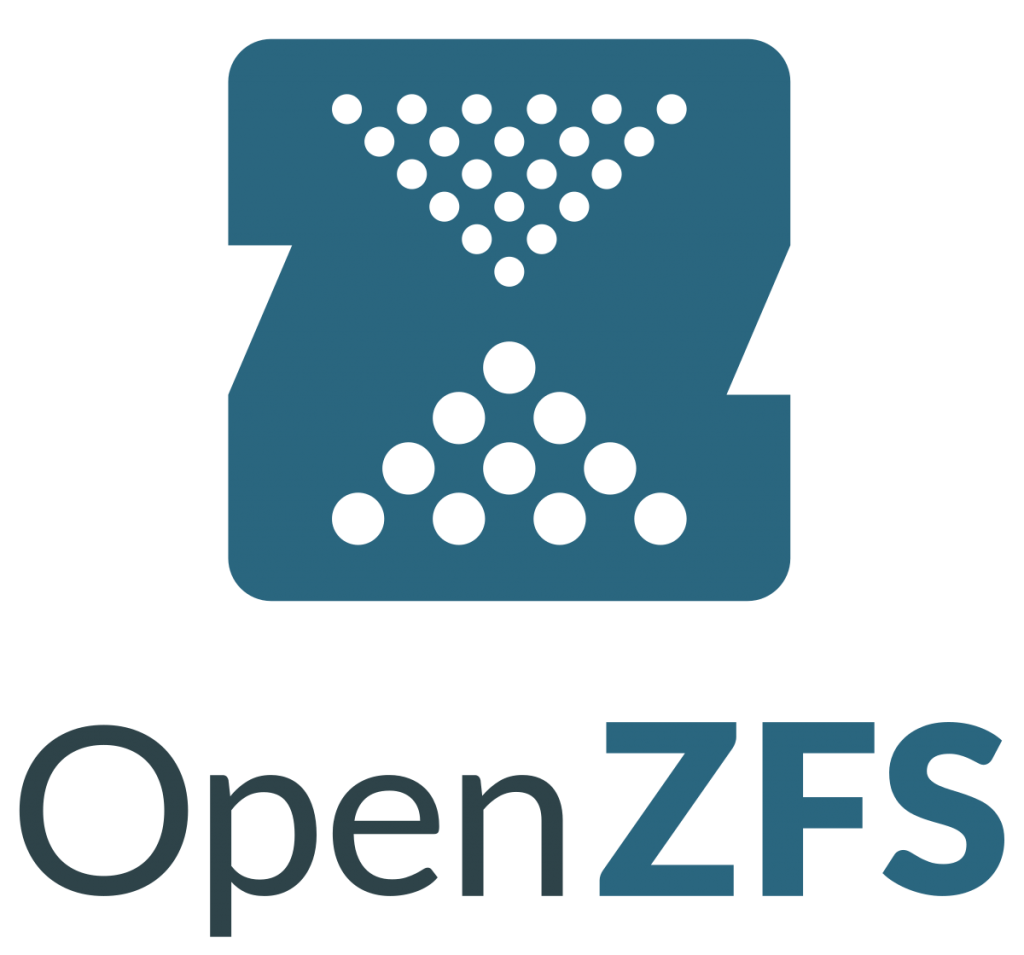
SETUP OPENZFS ON FREEBSD SOFTWARE
If there were two disks then creating two separate file systems was necessary.Ī traditional hardware RAID configuration avoided this problem by presenting the operating system with a single logical disk made up of the space provided by physical disks on top of which the operating system placed a file system.Įven with software RAID solutions like those provided by GEOM, the UFS file system living on top of the RAID believes it’s dealing with a single device. Traditional file systems could exist on a single disk alone at a time. The file system is now aware of the underlying structure of the disks. More than a file system, ZFS is fundamentally different from traditional file systems.Ĭombining the traditionally separate roles of volume manager and file system provides ZFS with unique advantages. This document lists applicable security advisories that were issued since the last release, as well as significant changes to the FreeBSD kernel and userland. Common Address Redundancy Protocol (CARP) The release notes for FreeBSD 13.0-RELEASE contain a summary of the changes made to the FreeBSD base system on the 13-STABLE development line. File and Print Services for Microsoft® Windows® Clients (Samba) Dynamic Host Configuration Protocol (DHCP) Lightweight Directory Access Protocol (LDAP) Locale Configuration for Specific Languages FreeBSD as a Guest on VMware Fusion for macOS® In the case of FreeBSD, the OpenZFS file system was used on two SSDs in RAID1 setup. FreeBSD as a Guest on Parallels Desktop for macOS® For Linux distributions, PostgreSQL was installed on ext4 file system in RAID1 setup (software RAID using mdraid) on two SSDs, with atime disabled. RAID3 - Byte-level Striping with Dedicated Parity GEOM: Modular Disk Transformation Framework Debian / Ubuntu Base System with debootstrap(8)

Installing Applications: Packages and Ports Accounts, Time Zone, Services and Hardening


 0 kommentar(er)
0 kommentar(er)
